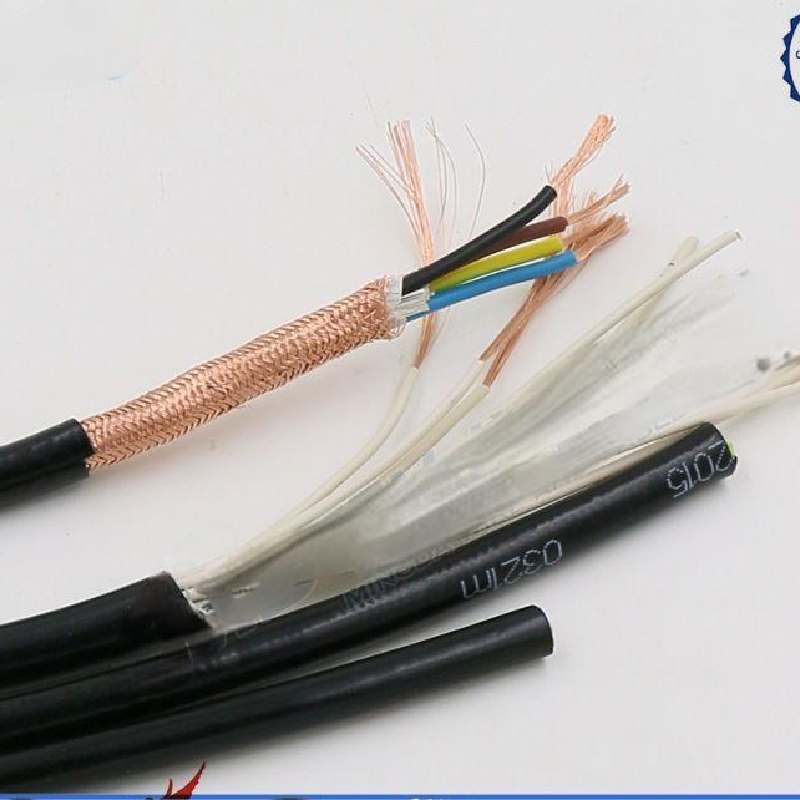Dec . 06, 2024 22:18 Back to list
triple offset butterfly valve
Understanding the Triple Offset Butterfly Valve
The triple offset butterfly valve (TOBV) is a crucial component in modern fluid control systems, favored for its unique design and operational advantages. Unlike traditional butterfly valves, the triple offset design enhances sealing capabilities and allows for higher performance in various applications. This article will explore the fundamentals of the triple offset butterfly valve, its design features, applications, and benefits.
Design Features
The triple offset butterfly valve gets its name from three distinct features that differentiate it from standard butterfly valves. The first offset refers to the seating surface being set back from the centerline of the valve disc. This design minimizes friction between the disc and the seating surface during operation. The second offset involves the valve stem being positioned behind the disc's plane, allowing for a more direct rotational motion, which reduces wear on the seals. The third offset is the conical shape of the seat, which ensures that the valve achieves a tight seal when closed.
These three offsets contribute to the valve's ability to provide a bubble-tight seal, even at high pressures and temperatures. The result is a valve that not only excels in flow control but also in preventing leakage, making it suitable for critical applications in various industries.
Operational Efficiency
The triple offset butterfly valve operates by rotating a disc within the flow path, controlling the amount of fluid that passes through. The design allows for a 90-degree rotation, enabling quick shutdown or flow regulation. Its low torque requirements are another significant advantage—the unique geometric design requires less force to operate compared to traditional valves, making it easier and more energy-efficient to control.
Furthermore, because of the offset design, TOBVs can handle a wider variety of flow conditions without stalling or creating turbulence. This capability is particularly beneficial in industrial processes where maintaining a steady flow is essential for optimal performance.
Applications
The triple offset butterfly valve is versatile and suitable for many applications across different domains. It is commonly found in industries such as oil and gas, water treatment, chemical processing, and power generation. In these sectors, the TOBV is used for both isolation and throttling applications.
In the oil and gas industry, for example, reliable sealing is critical due to the high pressures and potential for hazardous leaks. The TOBV's excellent sealing properties make it an ideal choice for upstream and downstream applications. In the water treatment sector, the valve’s low pressure drop characteristics and durability ensure effective flow control in treatment plants.
triple offset butterfly valve

Chemical processing facilities benefit from the valve's ability to handle corrosive liquids and gases, and its resilient materials can withstand severe environmental conditions. Additionally, power generation plants utilize triple offset butterfly valves for controlling steam, cooling water, and feedwater, where precision and reliability are paramount.
Key Benefits
The primary benefits of using triple offset butterfly valves include
1. Leak Prevention The conical seating ensures a tight seal, preventing leaks in critical applications.
2. Durability TOBVs are often made from robust materials that can withstand harsh operational environments, extending the valve's lifespan.
3. Energy Efficiency Reduced torque requirements lead to lower energy consumption during operation.
4. Versatility The TOBV can be adapted to various industrial applications due to its ability to handle different flow conditions.
5. Ease of Maintenance The design of the TOBV simplifies maintenance procedures, ensuring minimal downtime and lower operational costs.
Conclusion
The triple offset butterfly valve is an innovative solution for fluid control in various industries. Its unique design provides operational efficiencies, exceptional sealing capabilities, and versatility across applications. As industries continue to demand reliable and efficient solutions, the TOBV stands out as a preferred choice for engineers and operators alike, ensuring systems operate safely and effectively. In an ever-evolving industrial landscape, embracing such advanced technology will be key to meeting future challenges in fluid management.
Share
-
Reliable Wafer Type Butterfly Valves for Every IndustryNewsJul.25,2025
-
Reliable Flow Control Begins with the Right Ball Check ValveNewsJul.25,2025
-
Precision Flow Control Starts with Quality ValvesNewsJul.25,2025
-
Industrial Flow Control ReliabilityNewsJul.25,2025
-
Engineered for Efficiency Gate Valves That Power Industrial PerformanceNewsJul.25,2025
-
Empowering Infrastructure Through Quality ManufacturingNewsJul.25,2025


